Naoshima New Museum of Art is a home for Asian art, and a lasting legacy, in Seto Inland Sea
The Naoshima New Museum of Art opens, marking a seminal addition to the Japanese island's renowned Benesse Art Site Naoshima; we explore Tadao Ando's design

The Naoshima New Museum of Art, the newest member in the celebrated family of cultural spaces that form the Benesse Art Site Naoshima, has just opened its doors. Set in a wider site that spreads across the islands of Naoshima, Teshima, and Inujima in the waters between Japan's main bodies of land, Honshu, Shikoku and Kyushu, the new space is dedicated to contemporary Asian art – and has been designed by Japanese architecture master and Naoshima stalwart Tadao Ando (marking his tenth commission for the same client, the Fukutake Foundation, which is behind the Benesse initiatives).
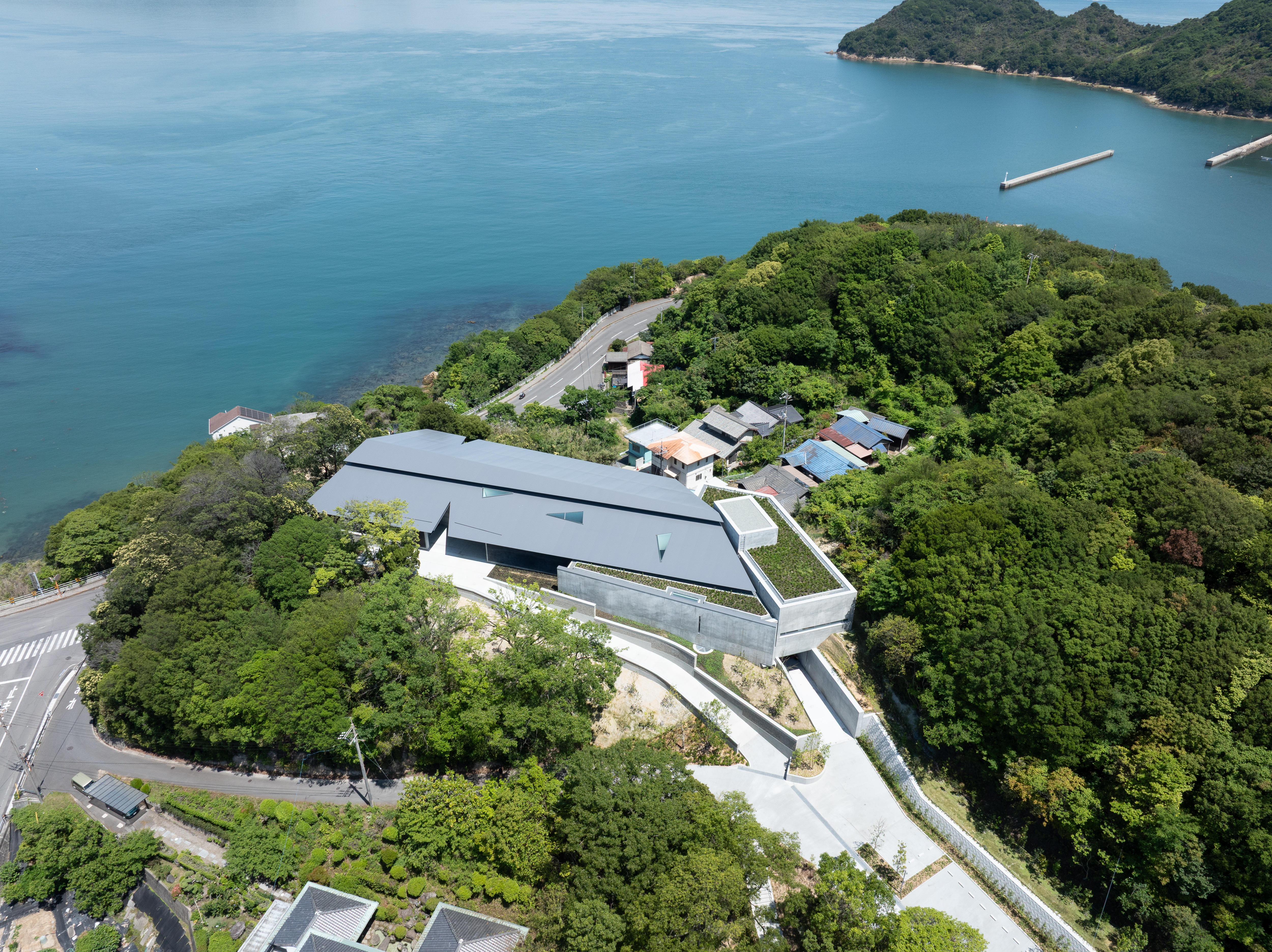
Inside Tadao Ando's Naoshima New Museum of Art
The Naoshima New Museum of Art is not just one more extension to a beloved arts and community home, but forms a seminal project for its wider cultural site. Soichiro Fukutake, who has led the Benesse Art Site Naoshima since its inception in the late 1980s, has been the force behind its numerous venues and draws in the Seto Inland Sea institution, from Tadao Ando’s Chichu Art Museum (2004) and Valley Gallery (2022) to Hiroshi Sambuichi's Naoshima Hall and Matabe House (2017). Conceived as a real legacy project for an ever-thriving cultural organisation, the addition was designed with the next generations' and Naoshima's future in mind.
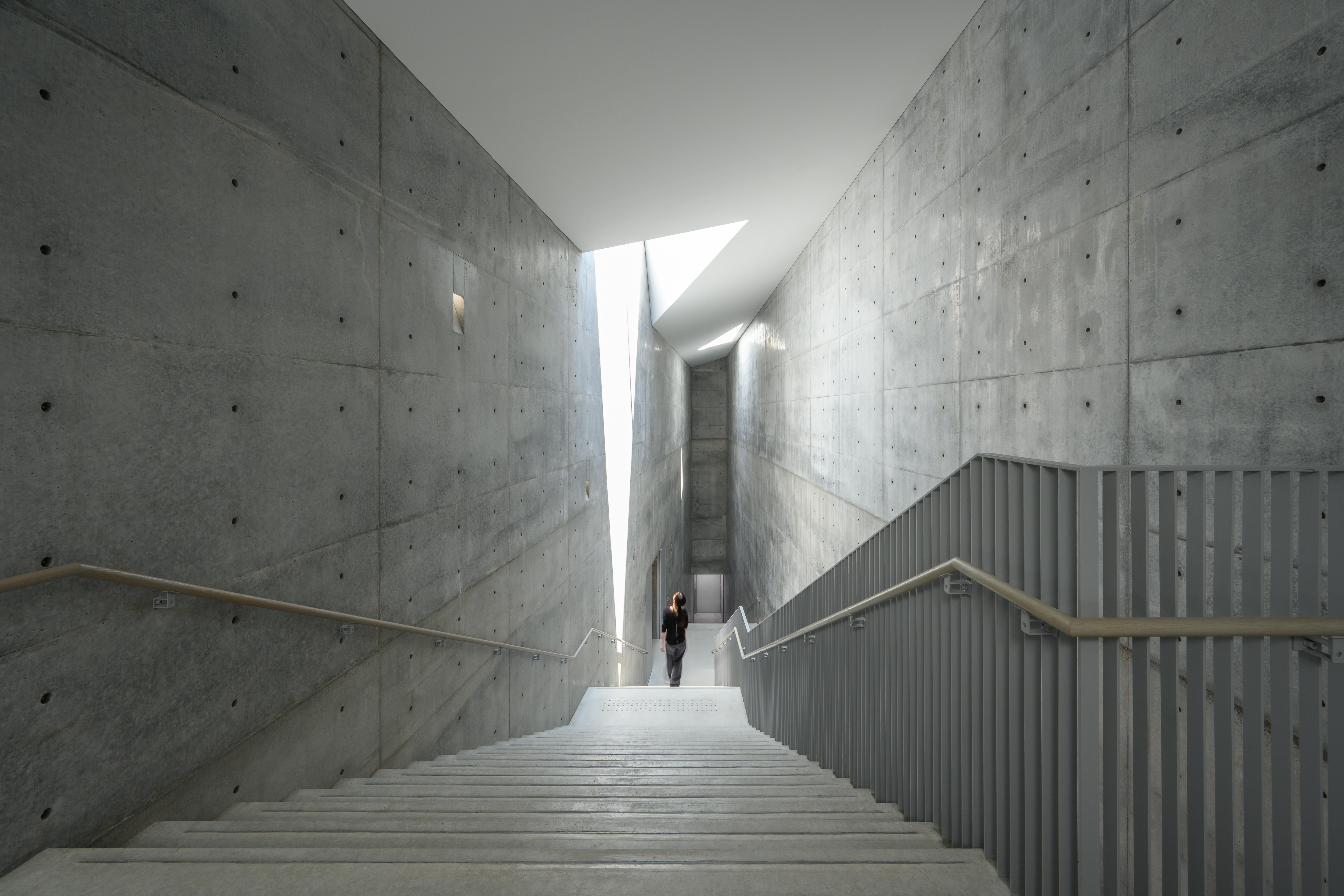
'The Naoshima New Museum of Art focuses primarily on Asian contemporary art. This is because, in addition to our expectations that art from these regions will grow in interesting ways going into the future, I believe that we, as Japanese people, must be conscious about our belonging to Asia both geopolitically and culturally. For myself, Asian sensibilities are based on the awareness that human beings are a part of nature and hence living with nature,' says Soichiro Fukutake.
'Having our Western art collection exhibited at our existing museums and art facilities, together with our Asian art collection, including Japanese art being shown at the Naoshima New Museum of Art, the possibilities to develop a comprehensive and well-balanced exhibition program in Benesse Art Site Naoshima are greatly expanded.'
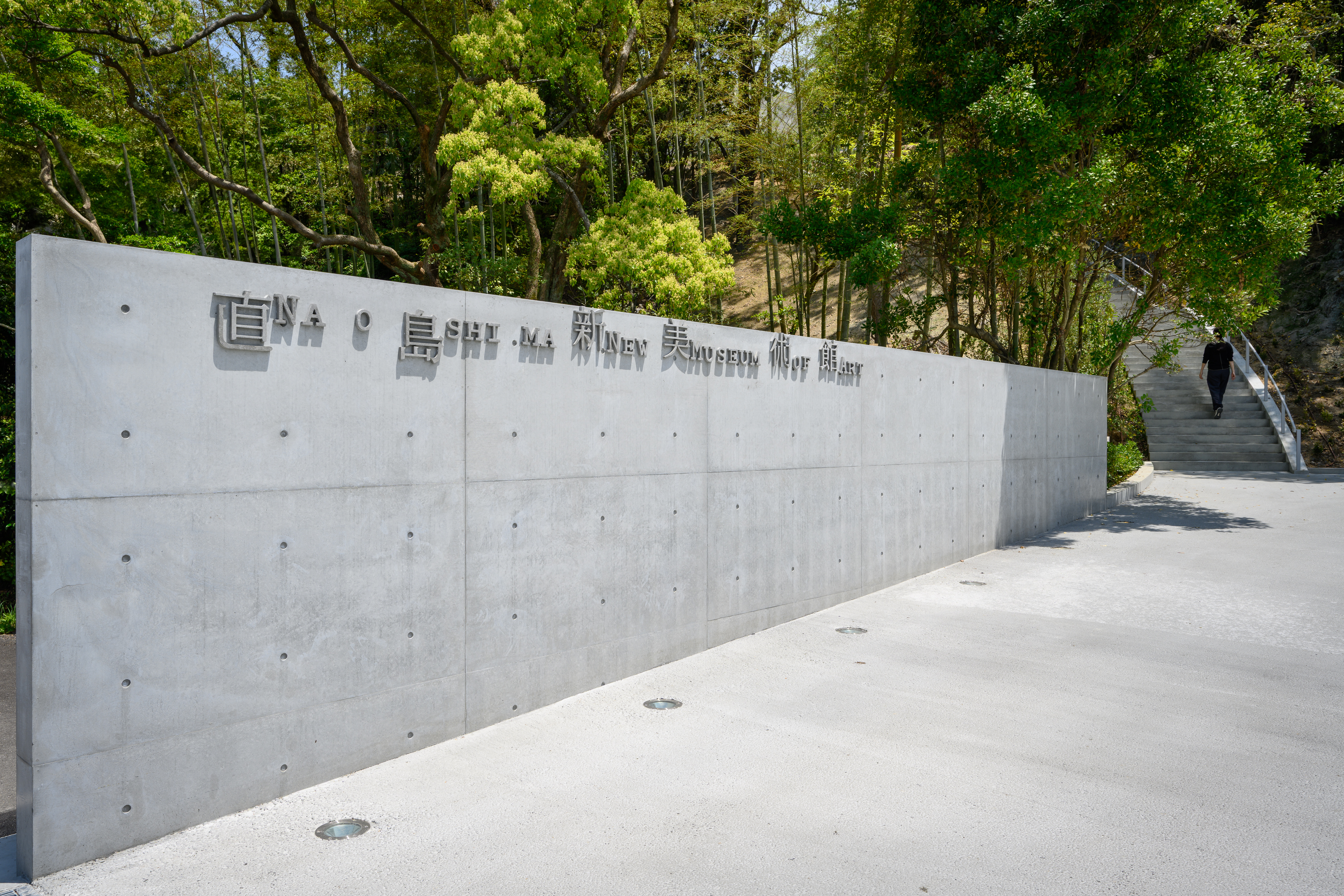
Spanning three floors – one above and two below ground, connected by a subtly dramatic, single staircase – the museum was designed to be close to the ground and echo the island's vernacular forms. Its low volume and pitched roof speak to that, while black plaster on the outside walls that matches the traditional burned-cedar method typically used on the island, and pebble walls inspired by the houses of the Honmura area, further ensure the structure feels at home in its setting.
A carefully designed skylight brings natural the sun deep into the lower floors, and a cafe with an open terrace provides an opportunity for visitors to pause and enjoy the views of the surrounding sea.
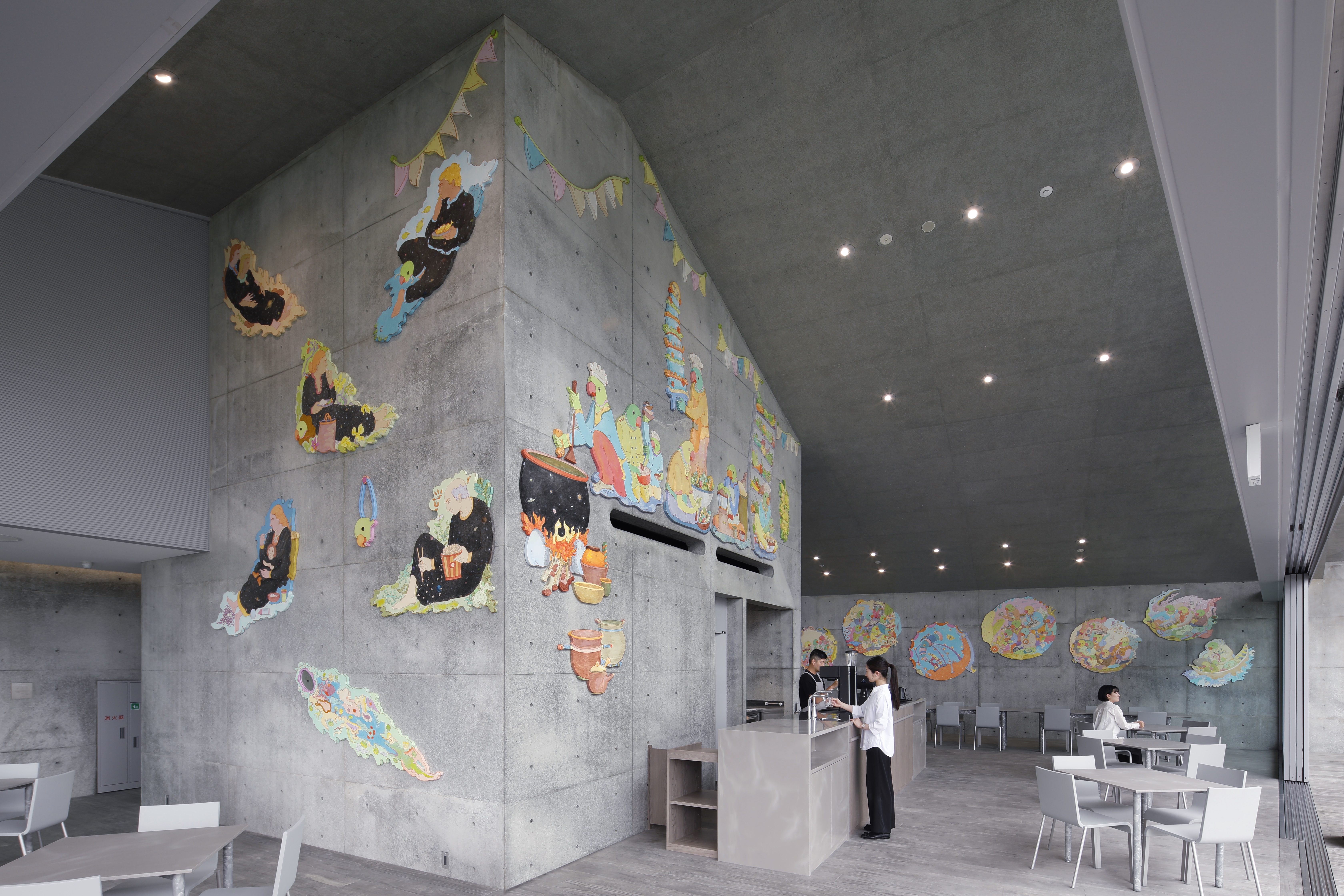
N.S.Harsha,Happy Married Life, 2025
Ando explains: 'It is my belief that the experiences in Naoshima will forever linger in the memories of those who visit the island. The songs we listened to and the works of art we saw in our childhood are never forgotten. I hope that many children will visit Naoshima and be able to feel their senses being stimulated so that they can open up doors to a new world.'
Receive our daily digest of inspiration, escapism and design stories from around the world direct to your inbox.

The architect continues: 'Such “moving experiences” have the power to nourish human beings and refine our senses, which will in turn lead to more opportunities to be emotionally moved. Naoshima is an island like no other, which is filled with such opportunities. For the Naoshima New Museum of Art, I once again endeavoured to build a place that cultivates sensibilities and moves people’s hearts.'
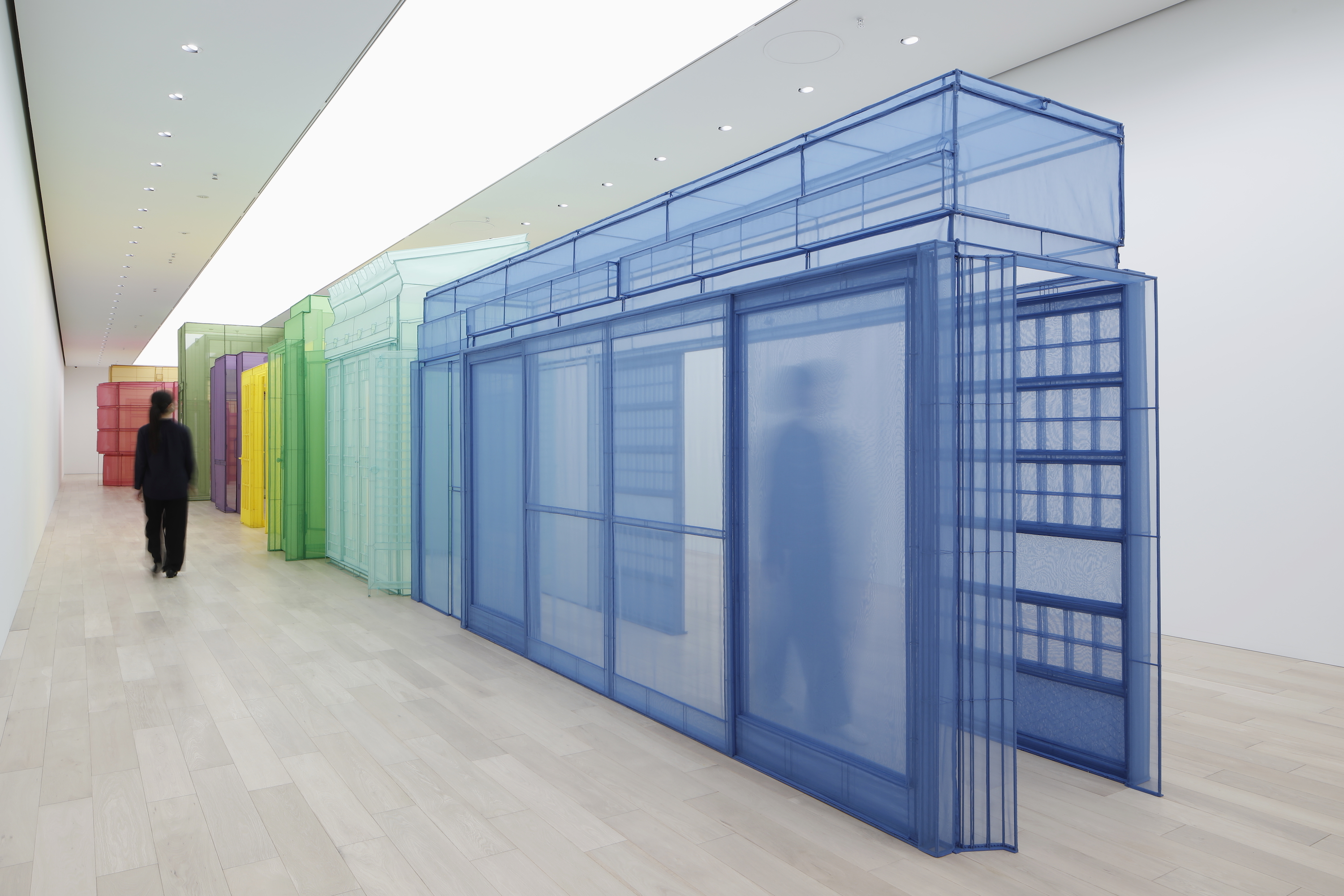
Do Ho Suh, Hub/s, Naoshima, Seoul, New York, Horsham, London, Berlin, 2025
The Naoshima New Museum of Art launches with an inaugural exhibition titled ‘From the Origin to the Future’. The show, spread across the building's eight galleries, comprises brand new works by 12 artists and groups – some new to the foundation's environment, and some valued, long-term collaborators, such as Cai Guo-Qiang, Takashi Murakami, Do Ho Suh (also currently showing at London's Tate Modern) and Pannaphan Yodmanee.
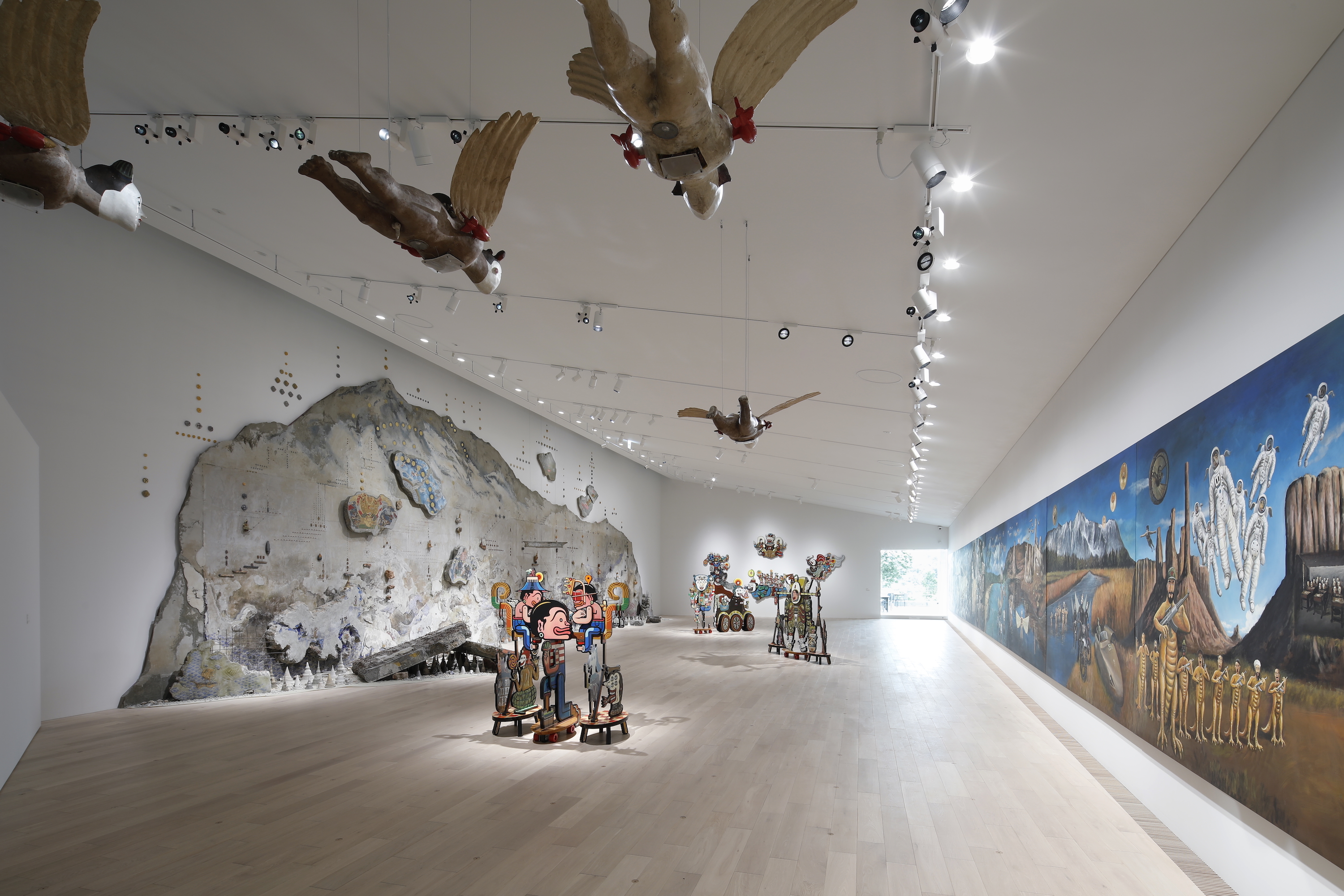
Exhibition view of inaugural show ‘From the Origin to the Future’, 2025
Ellie Stathaki is the Architecture & Environment Director at Wallpaper*. She trained as an architect at the Aristotle University of Thessaloniki in Greece and studied architectural history at the Bartlett in London. Now an established journalist, she has been a member of the Wallpaper* team since 2006, visiting buildings across the globe and interviewing leading architects such as Tadao Ando and Rem Koolhaas. Ellie has also taken part in judging panels, moderated events, curated shows and contributed in books, such as The Contemporary House (Thames & Hudson, 2018), Glenn Sestig Architecture Diary (2020) and House London (2022).
-
 Add a pop of colour to your wrist this season with these bold watches
Add a pop of colour to your wrist this season with these bold watchesBrightly coloured watches, from Rolex, Omega, Patek Philippe and more, are just the thing for the winter season
-
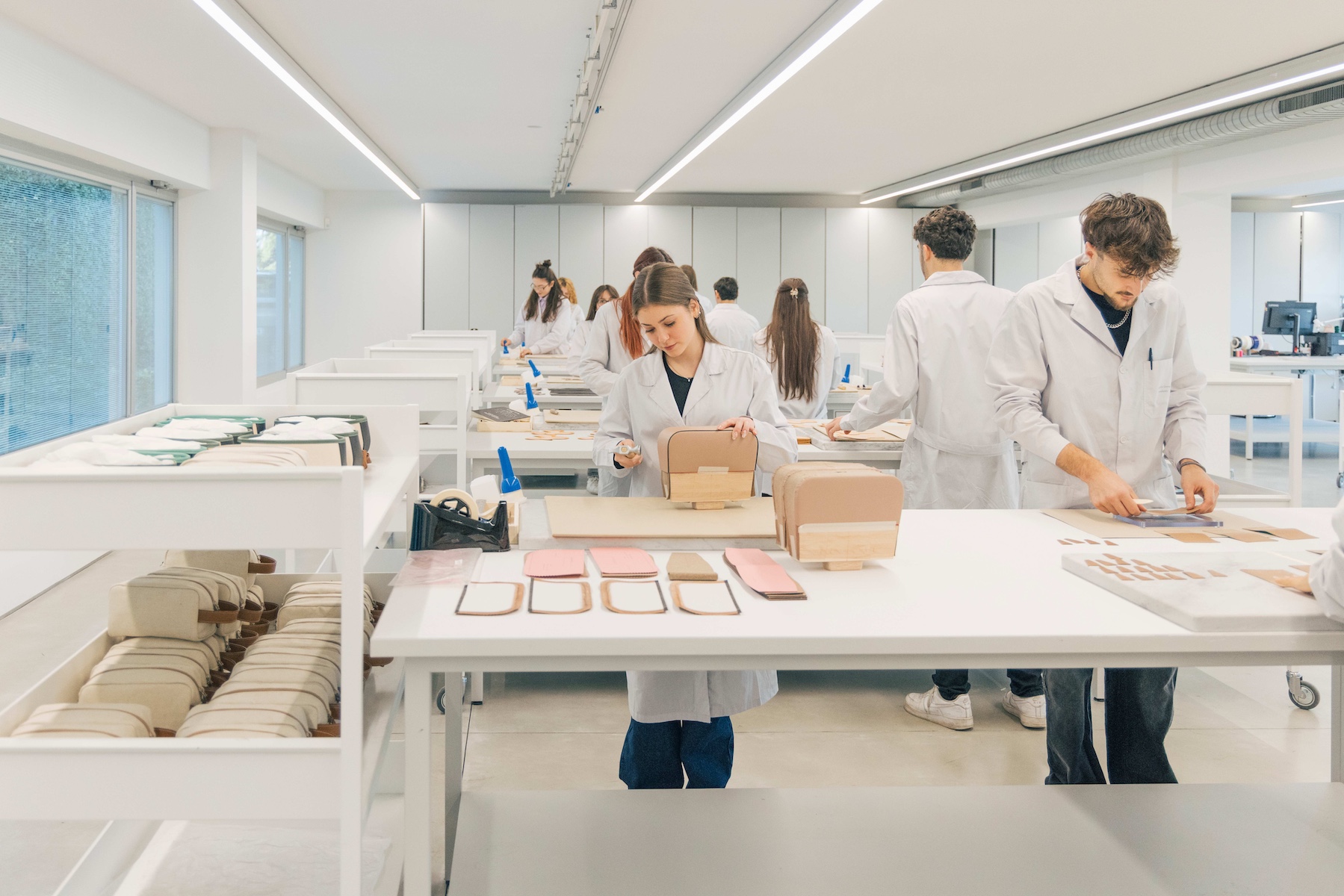 At its academy, Prada sets an agenda for the future: ‘Technology cannot replace the ability to work with your hands’
At its academy, Prada sets an agenda for the future: ‘Technology cannot replace the ability to work with your hands’Wallpaper* takes a trip to the Prada Group Academy in Scandicci, Tuscany, where Prada CEO Andrea Guerra and CMO Lorenzo Bertelli outline the future of Italian craft on the institution’s 25th anniversary
-
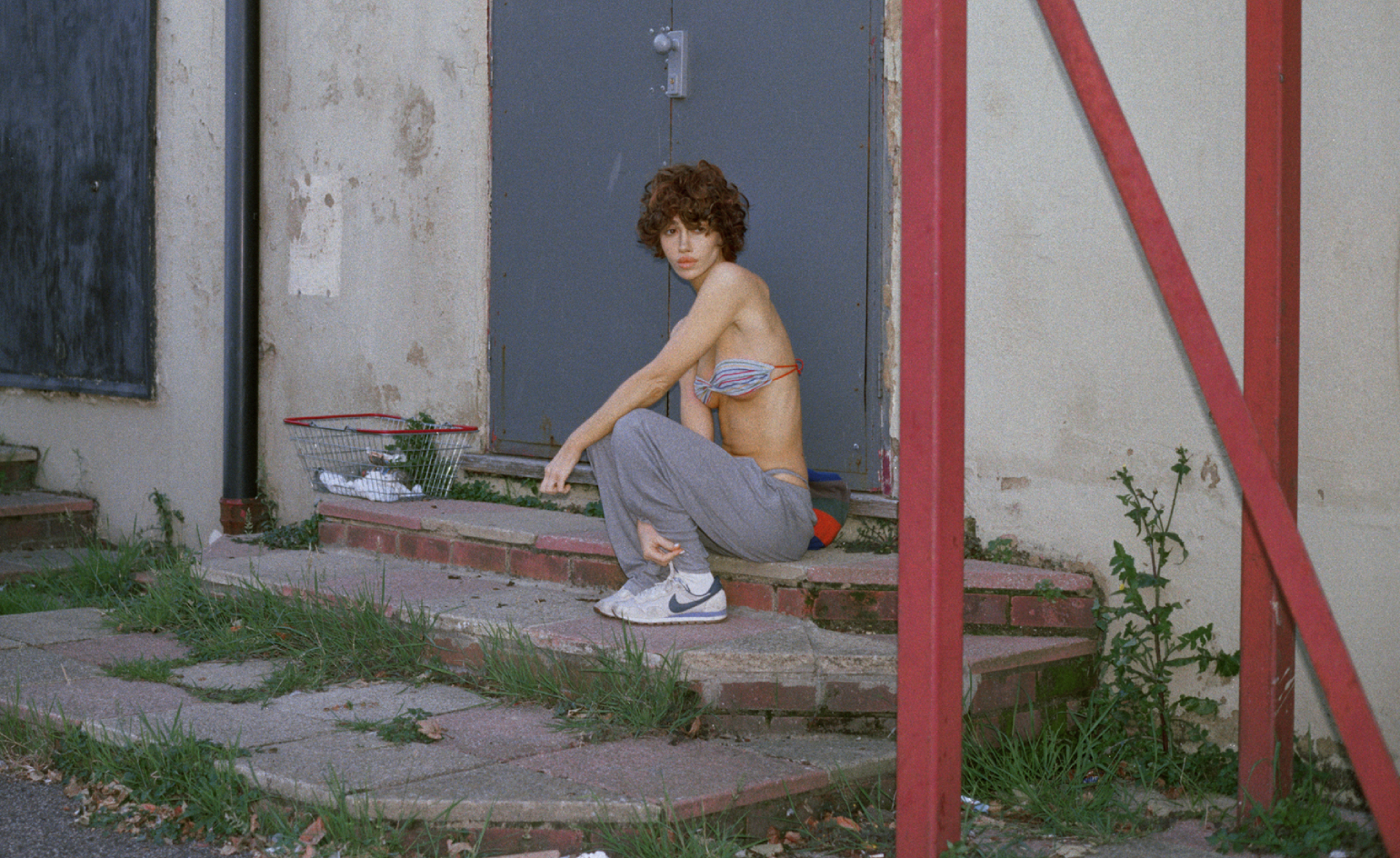 Nadia Lee Cohen distils a distant American memory into an unflinching new photo book
Nadia Lee Cohen distils a distant American memory into an unflinching new photo book‘Holy Ohio’ documents the British photographer and filmmaker’s personal journey as she reconnects with distant family and her earliest American memories
-
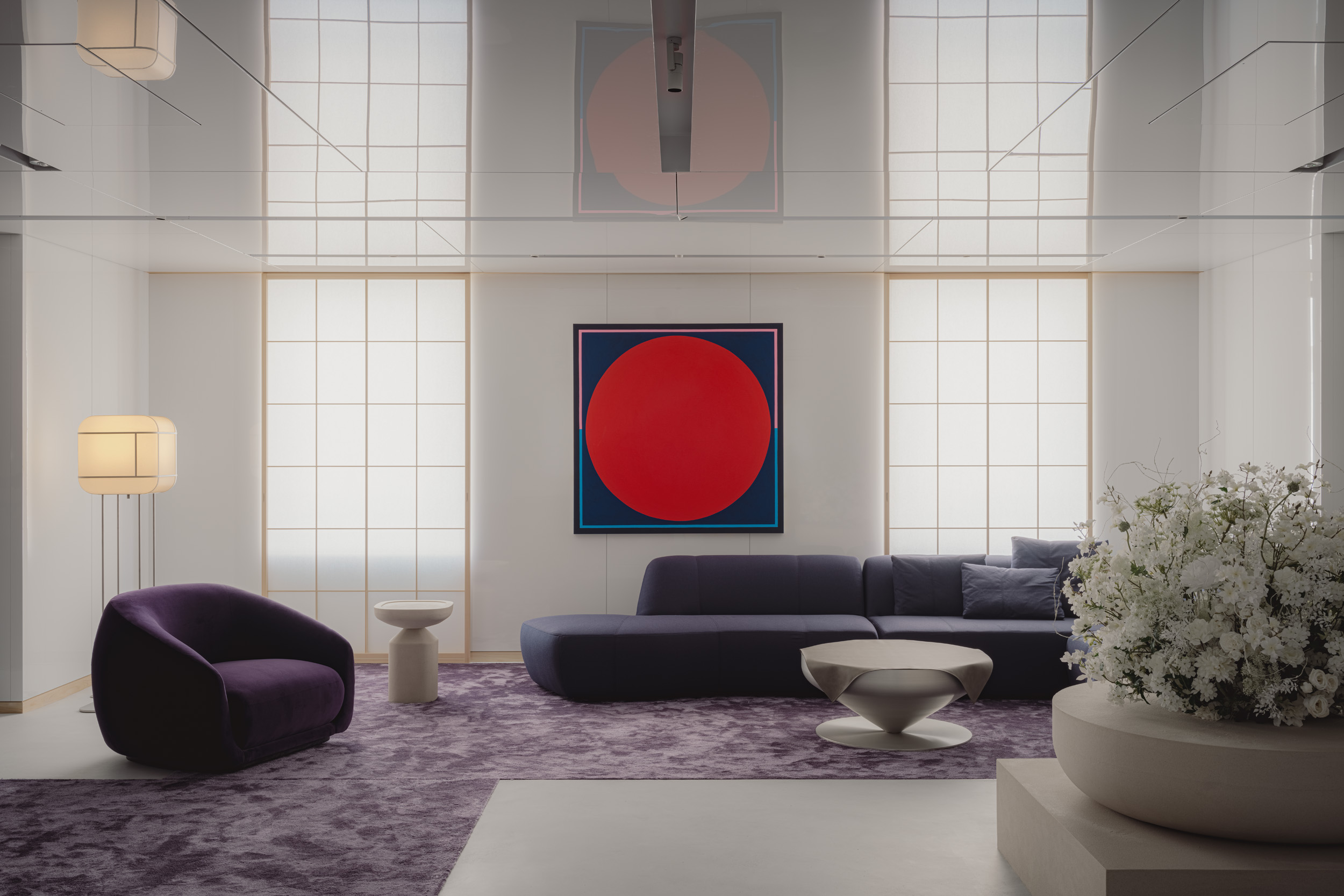 Matsuya Ginza lounge is a glossy haven at Tokyo’s century-old department store
Matsuya Ginza lounge is a glossy haven at Tokyo’s century-old department storeA new VIP lounge inside Tokyo’s Matsuya Ginza department store, designed by I-IN, balances modernity and elegance
-
 The Architecture Edit: Wallpaper’s houses of the month
The Architecture Edit: Wallpaper’s houses of the monthThis September, Wallpaper highlighted a striking mix of architecture – from iconic modernist homes newly up for sale to the dramatic transformation of a crumbling Scottish cottage. These are the projects that caught our eye
-
 Utopian, modular, futuristic: was Japanese Metabolism architecture's raddest movement?
Utopian, modular, futuristic: was Japanese Metabolism architecture's raddest movement?We take a deep dive into Japanese Metabolism, the pioneering and relatively short-lived 20th-century architecture movement with a worldwide impact; explore our ultimate guide
-
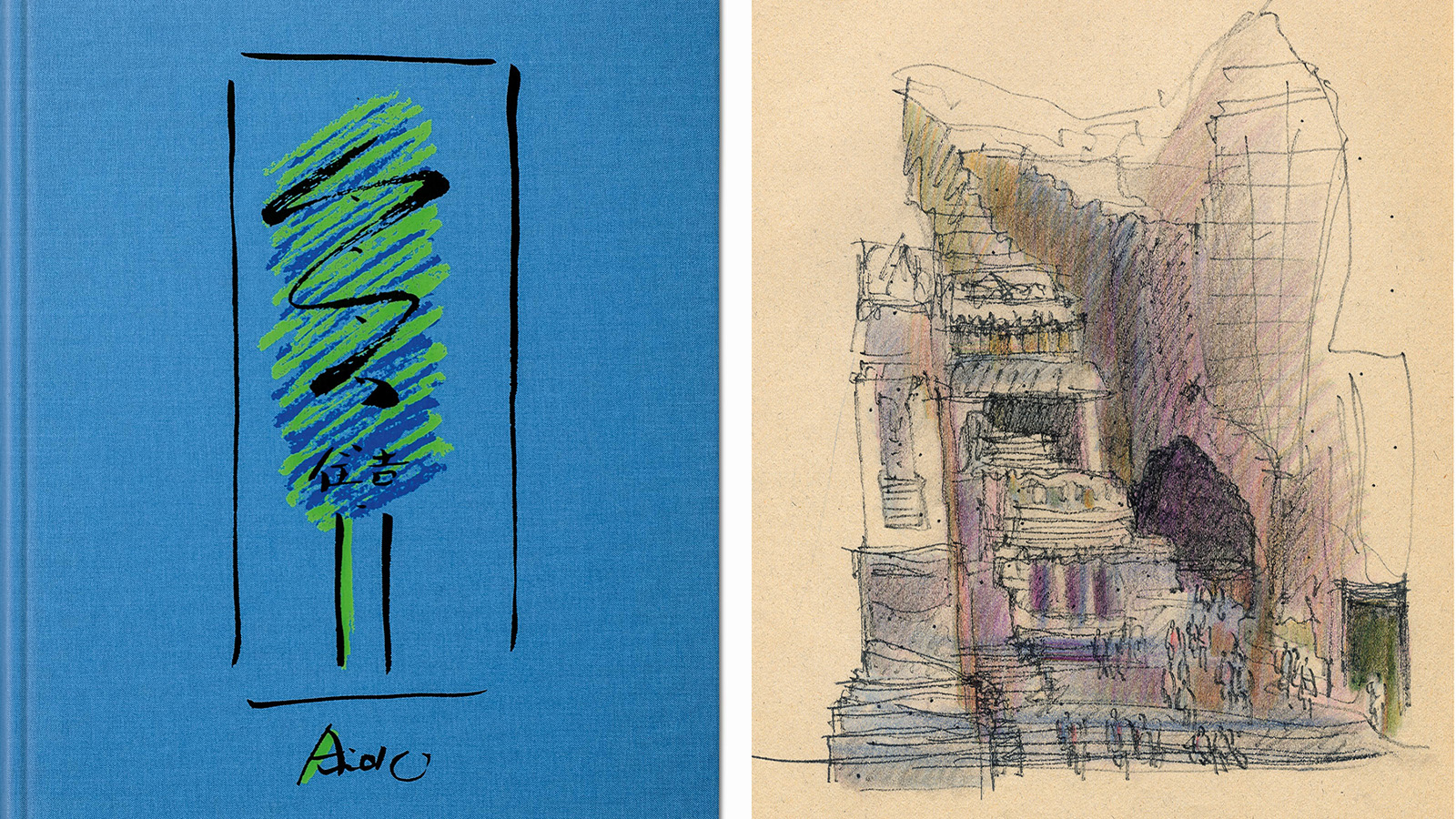 A new Tadao Ando monograph unveils the creative process guiding the architect's practice
A new Tadao Ando monograph unveils the creative process guiding the architect's practiceNew monograph ‘Tadao Ando. Sketches, Drawings, and Architecture’ by Taschen charts decades of creative work by the Japanese modernist master
-
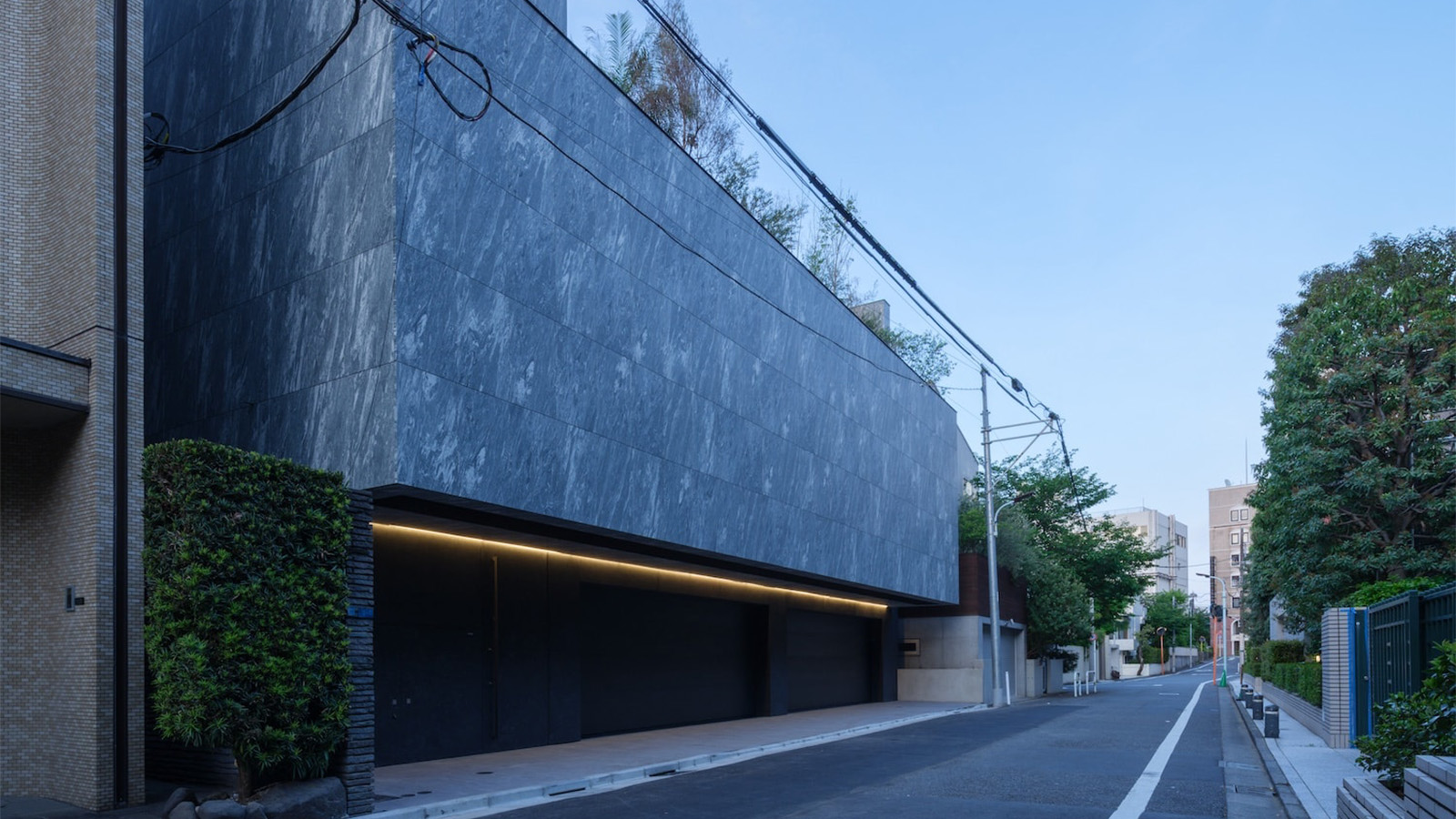 A Tokyo home’s mysterious, brutalist façade hides a secret urban retreat
A Tokyo home’s mysterious, brutalist façade hides a secret urban retreatDesigned by Apollo Architects, Tokyo home Stealth House evokes the feeling of a secluded resort, packaged up neatly into a private residence
-
 Landscape architect Taichi Saito: ‘I hope to create gentle landscapes that allow people’s hearts to feel at ease’
Landscape architect Taichi Saito: ‘I hope to create gentle landscapes that allow people’s hearts to feel at ease’We meet Taichi Saito and his 'gentle' landscapes, as the Japanese designer discusses his desire for a 'deep and meaningful' connection between humans and the natural world
-
 Campaigners propose reuse to save Kenzo Tange’s modernist ‘Ship Gymnasium’ in Japan
Campaigners propose reuse to save Kenzo Tange’s modernist ‘Ship Gymnasium’ in JapanThe Pritzker Prize-winning architect’s former Kagawa Prefectural Gymnasium is at risk of demolition; we caught up with the campaigners who hope to save it
-
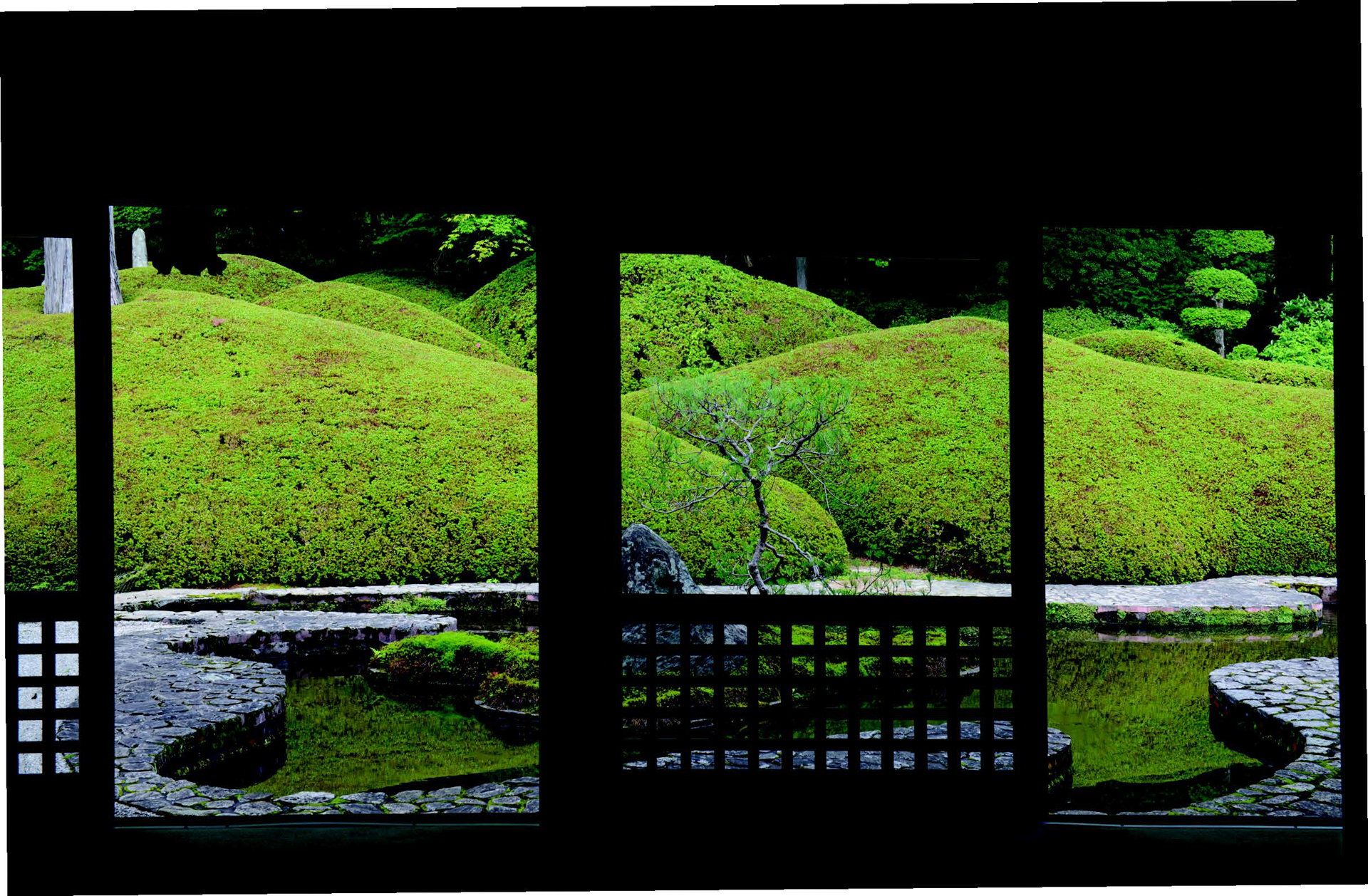 A new photo book explores the symbolic beauty of the Japanese garden
A new photo book explores the symbolic beauty of the Japanese garden‘Modern Japanese Gardens’ from Thames & Hudson traces the 20th-century evolution of these serene spaces, where every element has a purpose